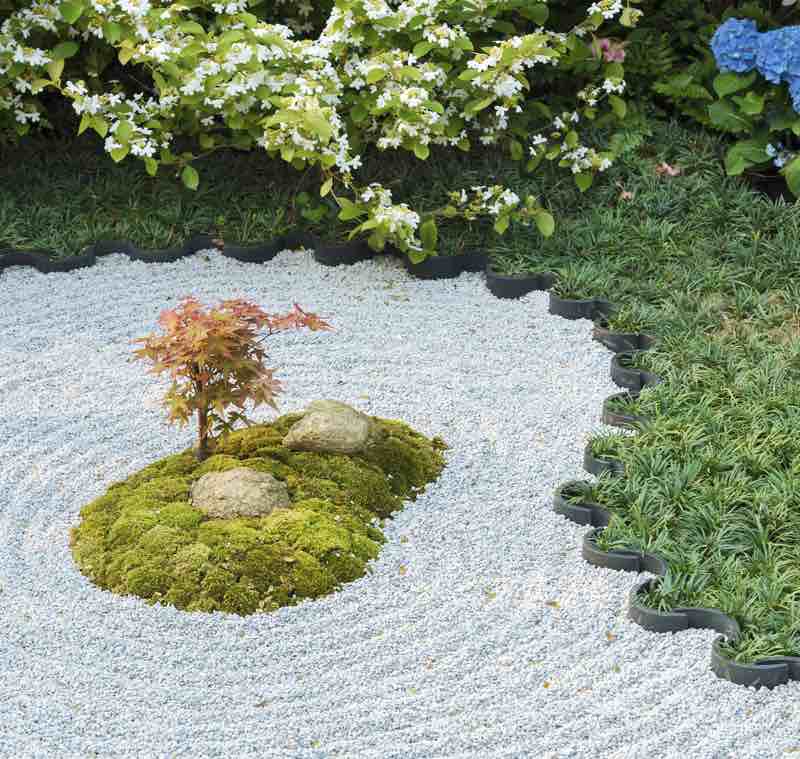

Position so that it is protected from strong winds. It is slow growing, has a naturally domed compact shape and doesn't require pruning, making it a good choice for smaller gardens and containers. Acer palmatum 'Dissectum' This fully hardy maple has clouds of soft feathery leaves in an exquisite shade of green, turning gold and orange in fall.

#Japanese landscape design full#
Pinus thunbergii The Japanese black pine is an ornamental tree that's full of character with its irregular shape, stunning silhouette and lovely dark green foliage.Here are some of our favorite plants for Japanese-style gardens. When it comes to planting, include lots of evergreens, but ensure your mix of greens is subtle and interesting, and includes different textures.įocus on foliage over flowers and bring in color to highlight a feature or celebrate the seasons rather than using it for its own sake. It is a staple of Japanese gardens and is a great addition to a sensory garden, too.Īlso, creating a water feature brings something really special to the garden, encouraging wildlife and offering the opportunity to introduce new flowers and foliage. The combination of water and rock represents the essential forces of life and nature. Think about including water and guide your visitors over and around it using rocks and large flat stones as low-level bridges. Look beyond the confines of your garden and design with its backdrop in mind, using planting to screen off less attractive features and using more pleasing ‘borrowed scenery' to enhance your design. Imagine how they will get from one point to another and include a pathway that, when followed, will reveal and screen particular views as they travel through. Start by thinking about how people will experience your garden and design with that in mind. How do you make a simple Japanese garden? They can include ponds and islands, bridges, tea houses and dry landscapes of sand and gravel and are full of design and planting ideas that we can try for ourselves. Japanese gardens come in all shapes and sizes, from small courtyard gardens to the larger tea and stroll gardens that are designed to be walked around rather than viewed from a static spot. Its unconventional shape meant it was rejected by other gardeners, but it was exactly this unusual form which made the designer want to use it. The most captivating feature, in our opinion, was the wonderfully wonky pine tree, leaning on its own crutch. Aligning with the new awareness of the old Japanese philosophy of wabi sabi (or beauty and wisdom in imperfection), designer Chris Beardshaw made a dramatic statement in his Show Garden at the RHS Chelsea Flower Show, 2019.


 0 kommentar(er)
0 kommentar(er)
